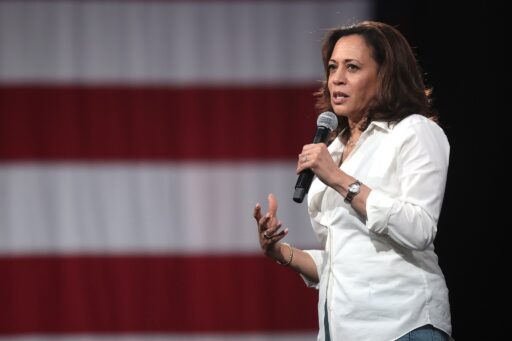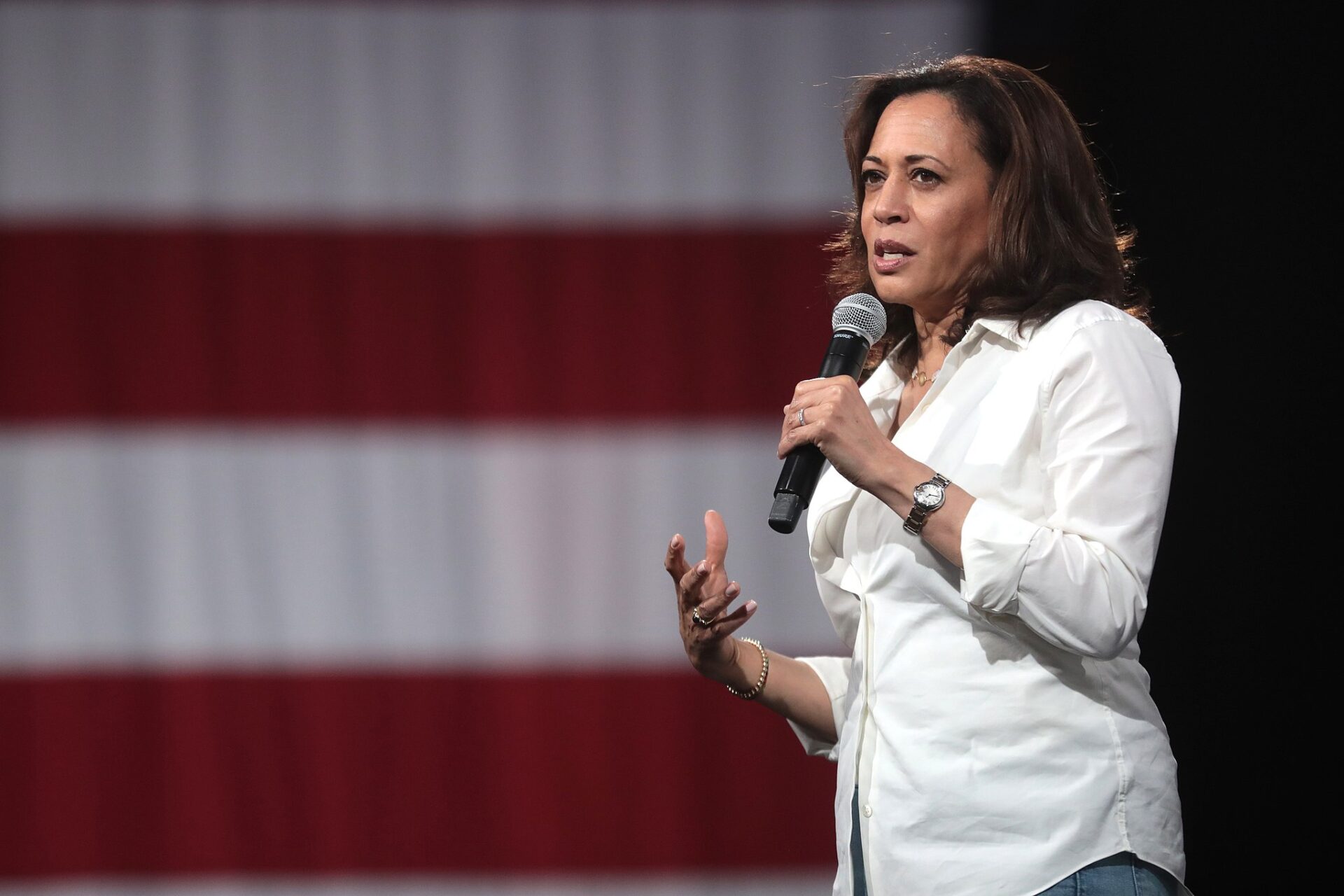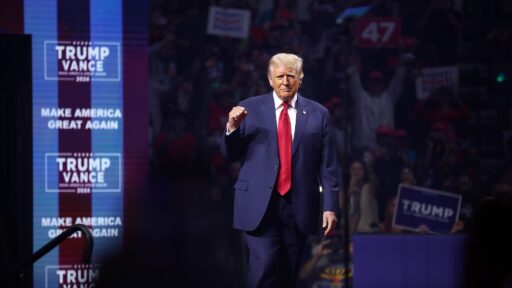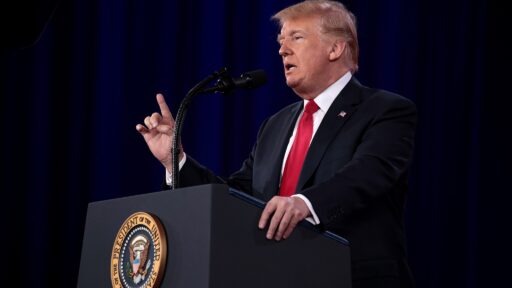You have a huge problem when your own party won’t associate with you.
In the lead-up to the critical 2024 elections, Democrats running in key battleground states are strategically distancing themselves from Vice President Kamala Harris. This maneuver indicates an effort to capture votes from former President Trump’s supporters, crucial for their survival in a politically charged environment.
Candidates like Pennsylvania’s Sen. Bob Casey are consciously avoiding strong criticisms of Trump, instead choosing to focus on policy and their personal achievements. Remarkably, Casey has even aligned himself with some of Trump’s economic policies, including tariffs, to showcase his independence from the Biden administration. His latest campaign ads highlight his support for fracking and a commitment to protecting local industries, effectively presenting himself as a candidate who prioritizes Pennsylvania’s working-class interests.
As Berwood Yost, a political analyst, points out, Casey is deliberately minimizing his party affiliation in his campaign messaging, avoiding any explicit connections to the increasingly unpopular Biden-Harris duo. Instead, he’s trying to craft a populist narrative to appeal to blue-collar voters, contrasting himself with his Republican opponent, David McCormick, by emphasizing McCormick’s ties to the financial elite.
In Wisconsin, Sen. Tammy Baldwin is employing a similar strategy. While she has largely sidestepped discussions about Biden and Harris, her opponent, Eric Hovde, has sought to tie her closely to the current administration. Baldwin has focused her campaign on local issues, criticizing Hovde’s stances on tax cuts and healthcare, yet she’s been cautious not to fully embrace the Biden agenda. This careful balancing act reflects a wider trend among Democrats in battleground states who are wary of the backlash against the administration’s policies.
Elissa Slotkin in Michigan also exemplifies this cautious approach, occasionally adopting rhetoric reminiscent of Trump while avoiding direct confrontation with him. Her recent comments reveal unease regarding Harris’s standing in the state, indicating a strategic retreat from the Biden-Harris brand, especially as polling suggests that voters are increasingly discontented with the administration’s handling of economic and immigration issues.
As Election Day approaches, the landscape is shifting. Polls indicate a tightening race in key states, with the Cook Political Report categorizing races in Pennsylvania and Wisconsin as toss-ups. This trend underscores the growing chasm between Democratic candidates and their party’s leadership, as they scramble to attract a broader voter base while navigating a challenging political climate.
Republicans should take note: these tactics demonstrate an opportunity to reinforce conservative values and policies that resonate with the American people, emphasizing a return to stronger economic principles and a clear stance on national security and immigration. With the Democrats increasingly hesitant to embrace their leadership, it’s a crucial moment for Republicans to present a united front and offer voters a clear alternative.







